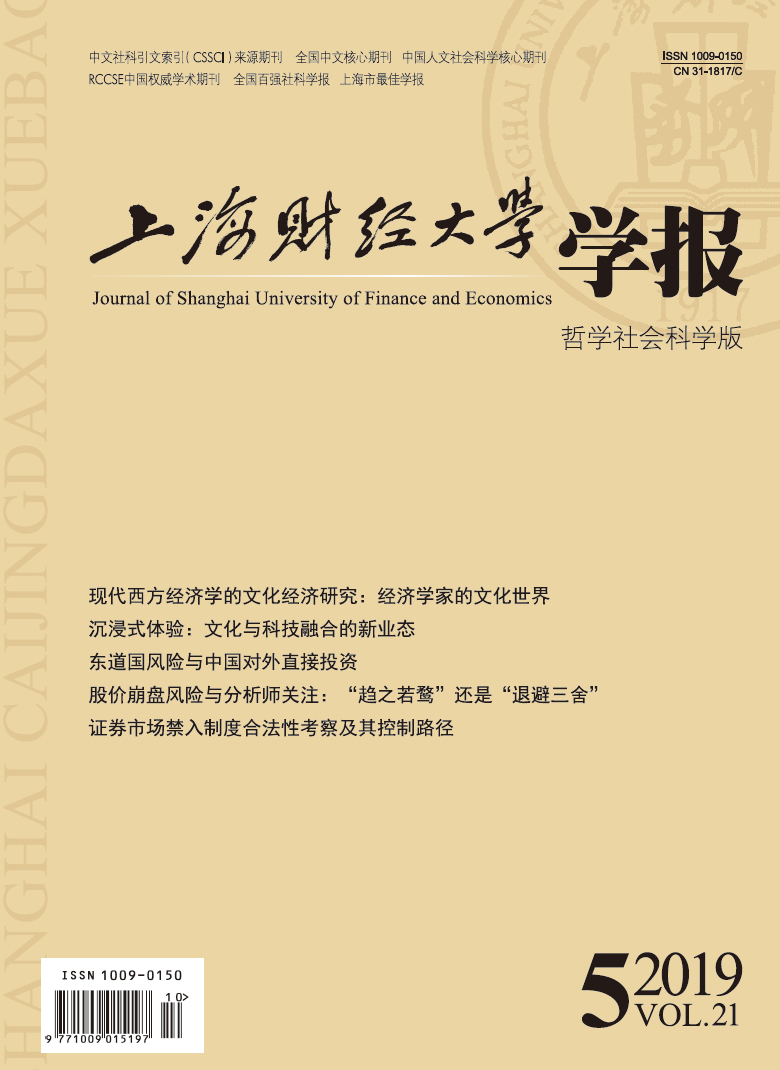Stock price crash is a catastrophic event, but it always happens in the global capital market, especially in the Chinese capital market. If the stock price crash event occurs, the small and medium investors who lack information must be the biggest victims. Based on the framework of the agency theory, scholars establish the " information hiding hypothesis” to explain the mechanism of this phenomenon. This hypothesis holds that stock price crash is an extreme economic consequence of the information asymmetry between the company and investors; at the same time, this hypothesis also holds that the stock price crash risk is the company’s " operation risk” and " information risk” comprehensively reflected in the capital market. The function of securities analysts in the capital market is to alleviate asymmetry between the company and investors, so is it possible for analysts to protect investors from big losses? Analyst coverage is the logical starting point of all analyst behaviors and the premise of protecting investors. The existing literature on analyst coverage can be roughly divided into two aspects: on the one hand, it is closely related to the company’s business activities; on the other hand, it is closely related to the company’s information environment. However, so far, few scholars have directly combined the company’s business activities with information environment to investigate the impact on analyst coverage. The risk of stock price crash is the most extreme risk of a company, which is the comprehensive projection of the company’s business activities and information environment on the stock price. From this perspective, we use the sample of Chinese A-share listed companies during 2005-2016 to investigate the impact of the stock price crash risk on analyst coverage. We find that the higher the risk of a company’s stock price crash, the more analysts will follow up and report, which indicates that analysts will consider the factor of the stock price crash risk when choosing the tracking target. Further, by examining the impact path, it is found that the stock price crash risk influences analysts’ coverage through investors’ information requirements. Finally, the cross-section grouping test also shows that, the company’s stock price crash risk has a more significant impact on analyst coverage when investors’ heterogeneous belief is more divided, when investors’ sentiment is stronger, and when the shareholding ratio of institutional investors is higher. This study not only contributes to the literature on the microeconomic consequences of the stock price crash risk and the influence factors of analyst coverage, but also provides a feasible basis for regulators to establish a " reward and punishment mechanism” as soon as possible to encourage analysts to better play the role of information intermediary and external governance to protect the rights and interests of investors.
 / Journals / Journal of Shanghai University of Finance and Economics
/ Journals / Journal of Shanghai University of Finance and EconomicsJournal of Shanghai University of Finance and Economics
LiuYuanchun, Editor-in-Chief
ZhengChunrong, Vice Executive Editor-in-Chief
GuoChanglin YanJinqiang WangWenbin WuWenfang, Vice Editor-in-Chief
Stock Price Crash Risk and Analyst Coverage: Welcome or Escape?
Journal of Shanghai University of Finance and Economics Vol. 21, Issue 05, pp. 65 - 84 (2019) DOI:10.16538/j.cnki.jsufe.2019.05.005
Summary
References
Summary
Cite this article
Wang Aiqun, Li Jingbo, Chiao Chaoshin, et al. Stock Price Crash Risk and Analyst Coverage: Welcome or Escape?[J]. Journal of Shanghai University of Finance and Economics, 2019, 21(5): 65-84.
Export Citations as:
For
ISSUE COVER
RELATED ARTICLES




 , 1, 2
, 1, 2 6139
6139  11208
11208

